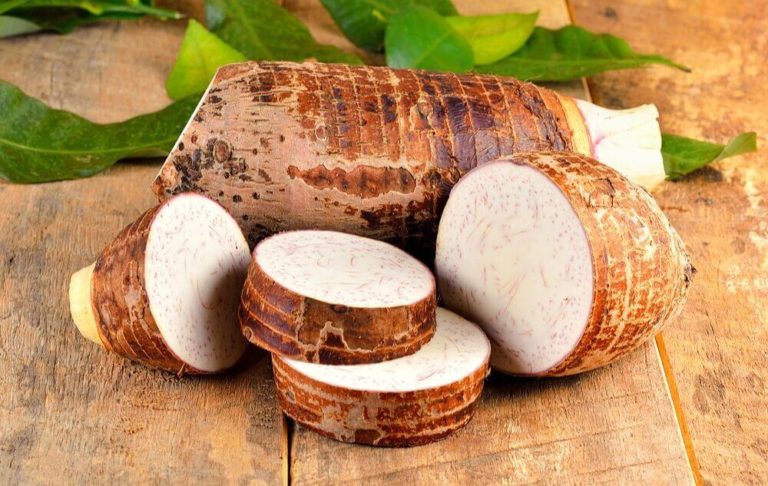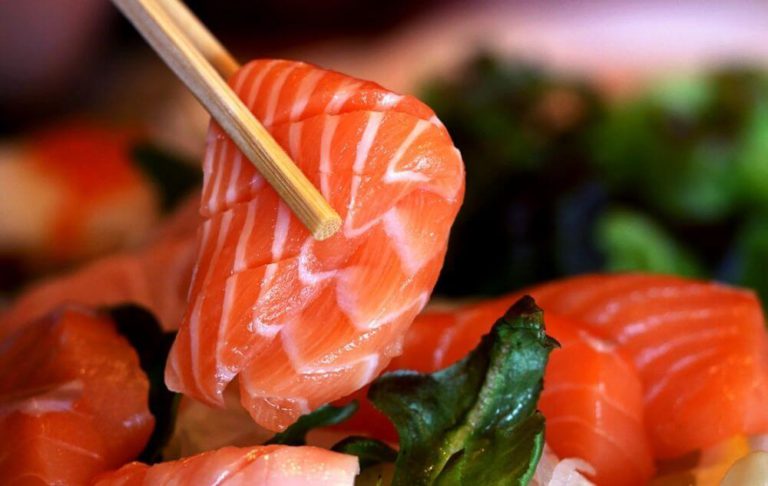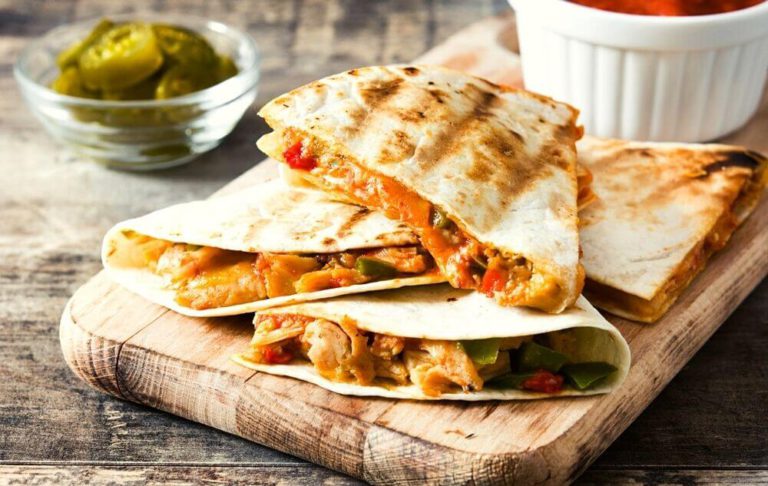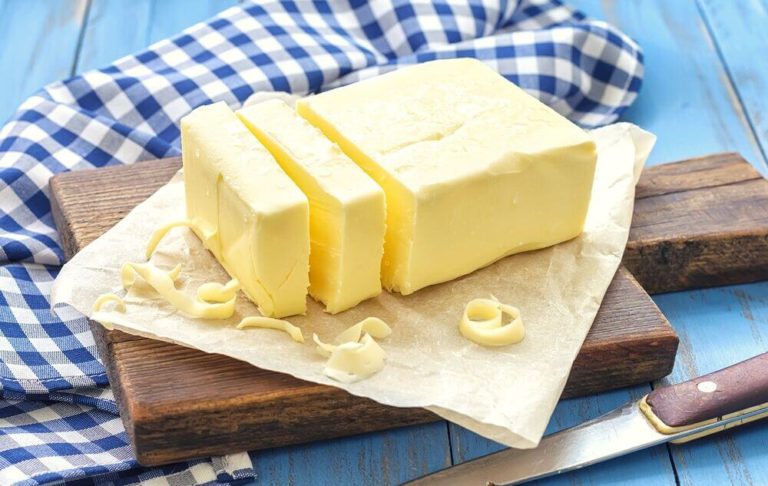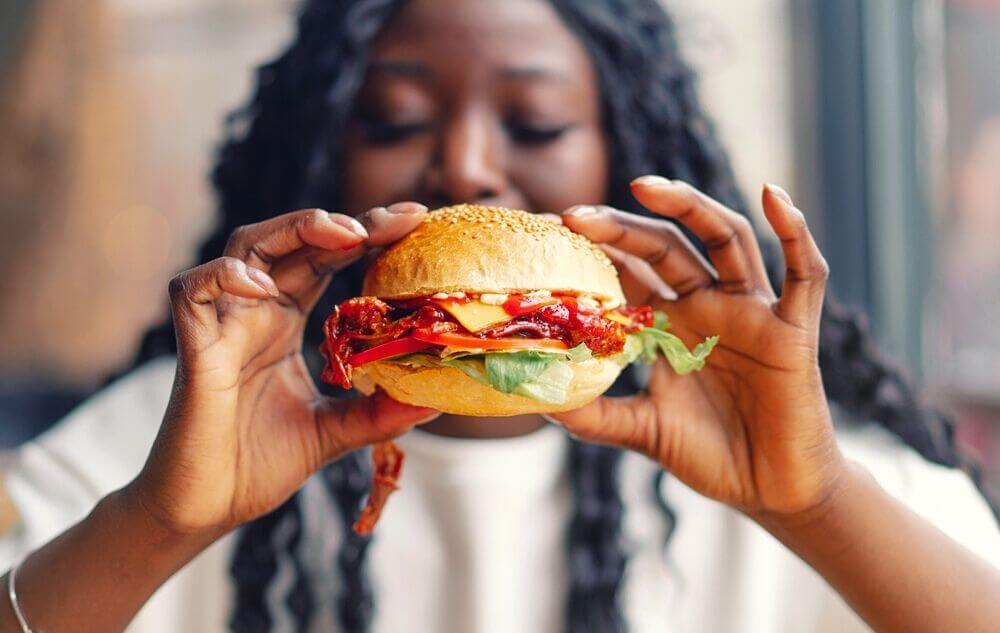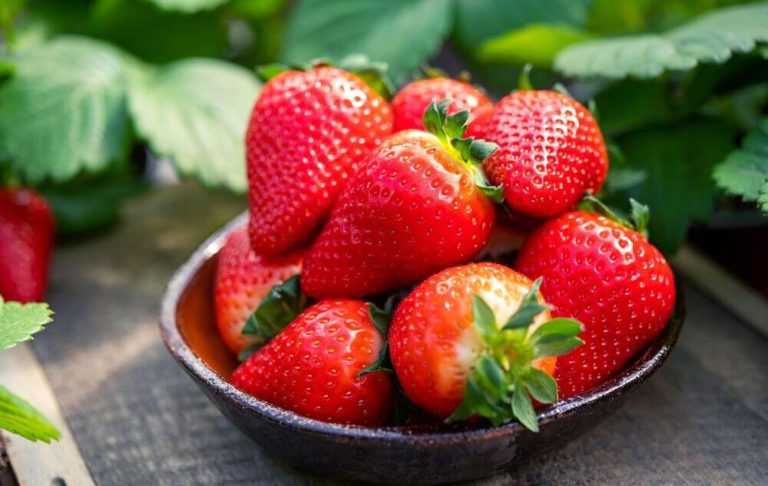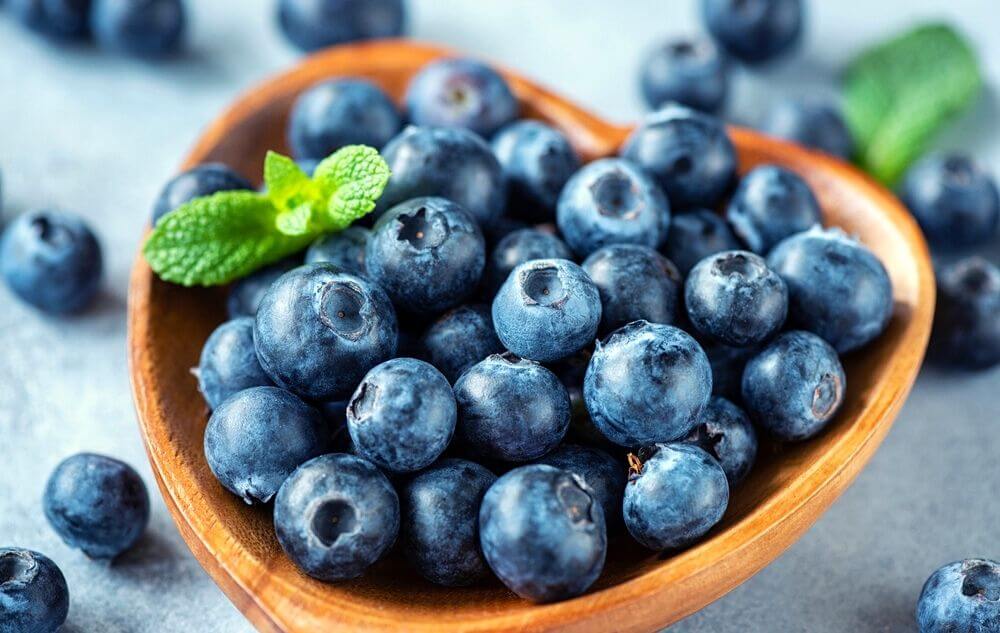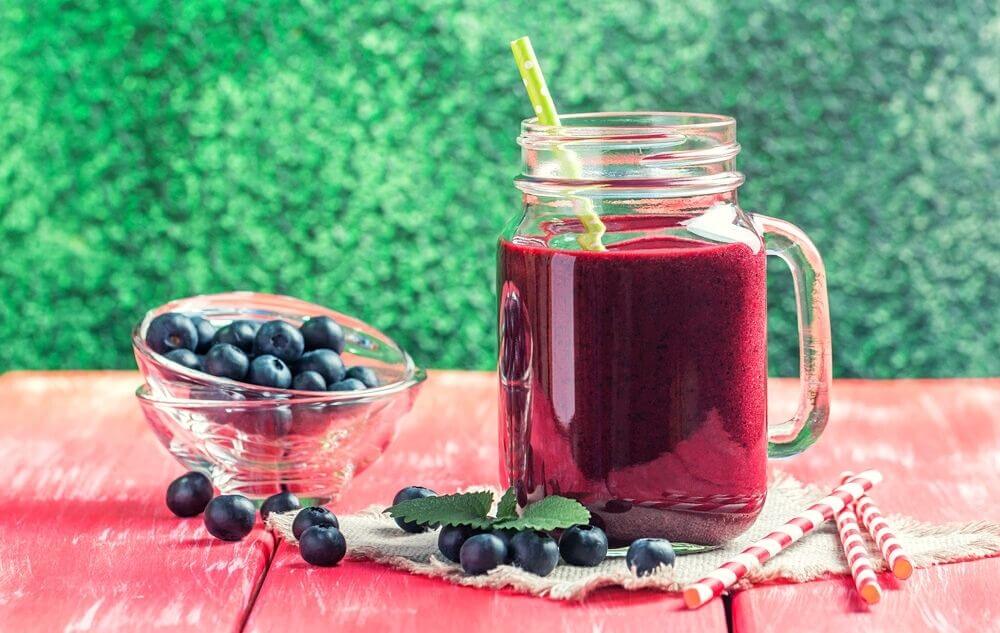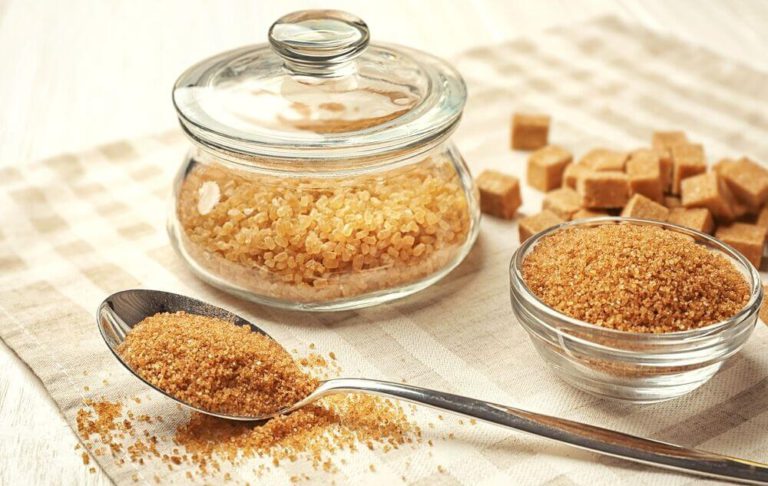Which country has the most diversified culture in the world? The inevitable answer is India, of course! Every part of this country has its own distinct culture, which makes it so unique. And with different cultures come varieties of food.
Indian food is enriched with so many things that it is colorful in every way possible.
On a weekend night, maybe an Indian takeaway is something that you are craving. But is Indian food healthy? I will help you clear all your doubts about Indian food right now!
You may also like: What Does Taro Root Taste Like?
What Can You Find in Indian cuisine?

We have a stereotypical view that Indian food is harmful because of the abundance of rich, fatty, and spicy meals that are prepared. However, this is a myth.
Indian food has a lot of well-balanced nutrients. Based on Ayurveda, the Indian cuisine of the past was very healthy. Because Ayurveda says that a healthy diet fits each person’s body type, what we put into our bodies and minds can change how we think and feel.
A Cuisine Full of Grains:
People in India grow a lot of different types of rice grains. There are also many kinds of daals (lentils) in Indian food. So, it has been popular in India for a long time to eat dal rice and rice with rajma in it. These are the best protein meals because they have all the essential amino acids.
Thalis – Full of Diversities:
The traditional Indian thali is comprised of many small bowls, each a little different in size. You’ll get 2-3 types of lentils, vegetables, rice, or both, and some rice or bread. The thali also has a small number of sweet dishes in it, as well. It is a complete meal because it has all the nutrients you need in the right amount.
Healthy Cooking Oils:
In India, there are a lot of different types of cooking oils. From mustard oil and peanut oil to coconut oil and groundnut oil, India has a wide range of healthy cooking oils that are good for you.
However, the way they were made in the past was much better than how they are made now.
Salts of the Cuisine:
Indian foods used black, pink, and rock salt in the past. As time went on, they started to use a less pure form of salt, which may be why Indian food became less healthy than before. So, it is likely that the ingredients changed the Indian food that people now eat today.
You may also like: Is Sashimi Healthy?
Is Indian Food Healthy

Some of the advantages of Indian cuisine include immunity boosters, anti-inflammatory properties, and improved brain function.
However, despite having access to various food options, Indians consume more carbs and sugar, and they consume less protein and plant protein than the recommended amount. Following are some of the most common elements found in a traditional Indian diet:
- A lot of different fruits and vegetables
- High in fiber
- Herbs & Spices
- Low in fat
The way you make it, the ingredients you use, and how often you eat it are all important before you can decide if Indian food is healthy or not.
Drawbacks of Indian Food:
Indian foods from a restaurant are usually rich in oil and spices. Also, the restaurants are not that hygienic. So, when you are ordering from restaurants, it is going to be unhealthy.
Cooking food with too much oil or for too long makes it less nutritious. Moreover, for an Indian main dish, rice, bread, naan, paratha, or roti are the most common side dish. Rice, oil, or butter-smeared naan are all high in carbs. Roti is a wholemeal bread that has a lot fewer carbs.
It can be hard to digest the food if too many spices and chili are used. Dairy products like yogurt are beneficial for the stomach. But consuming other sweet dairy products is harmful to the health. Eating deep-fried Indian snacks is not suitable for your stomach and heart
Potential Health Benefits:
The proportion of sugar is less in Indian cuisine, making it healthier for diabetes patients. It is also suitable because it is full of nuts, legumes, and low-fat dairy products. Also, you can find a significant amount of green vegetables and fresh fruits, which are essential to keep your heart, kidney, and body safe.
Spices and herbs are not just seasonings. They are known to have antioxidant and anti-microbial properties that help inhibit the growth of microorganisms. On the other hand, spices aid metabolism, which means it assists in weight loss.
The ginger in Indian dishes can also help with nausea and digestion, making the food taste better. And garlic in Indian food is also good for the heart and helps the immune system and metabolism.
You may also like: Are Quesadillas Healthy?
How to Eat Healthy Indian Food

Indian food can help you lose weight, but it all comes down to what you eat. Some Indian foods have a lot of fat, so you might want to stay away from them. Now, here is a piece of advice.
To eat healthy Indian food, make it in your kitchen. Indian food can only be properly healthy when preparing it at home. This is what you should do to eat healthy Indian food:
Portion Control:
Each additional roti adds almost 80 to 90 calories. A serving of rice contributes only 100 calories
Avoid Fried Foods:
Instead, eat boiled, steamed, pressure-cooked, sautéed, or broiled foods.
Limit Artificial Sugar:
Use natural sugars like honey, cinnamon, and fruit sugar as these are better for your body.
Use Spices:
Use spices like cinnamon, cardamom, and clove. Spices are a healthier alternative to extra fat. Turmeric and black pepper are two of the most significant traditional spices gaining favor in the west for their numerous health advantages.
Turmeric and black pepper are thought to promote immunity absorption and keep the mind and body healthy
You may also like: Are Burgers Healthy?
Indulge Yourself in the Richness of Indian Cuisine
It is hard to deny yourself a cuisine full of richness, variety, and taste. The moment you pick up the phone to order your favorite takeaway, there could be only one thought stopping you. And that is, is Indian food healthy?
Yes, it is, but only if it is from your home. We are not stopping you but instead encouraging you to have the chance to taste the most beautiful cuisine in the healthiest way possible. Start cooking and enjoy!


